#Pycnora
Text


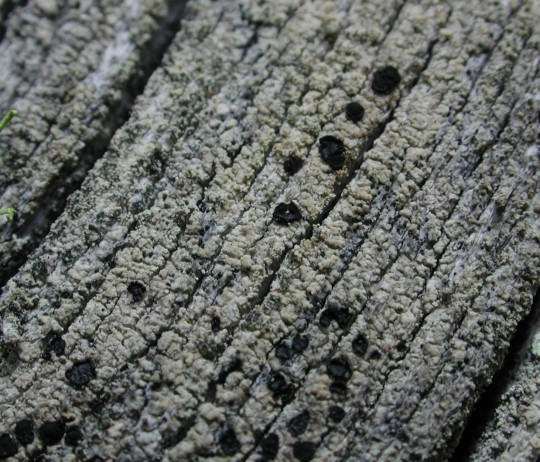
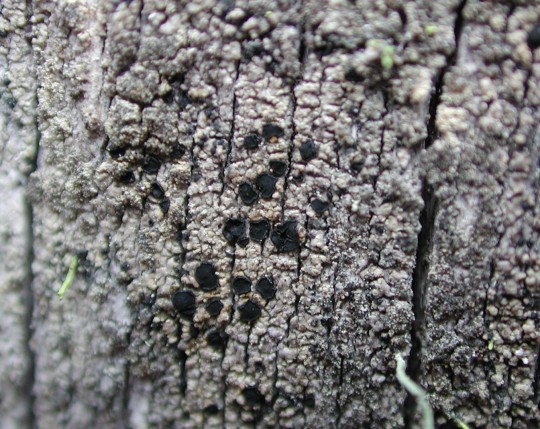
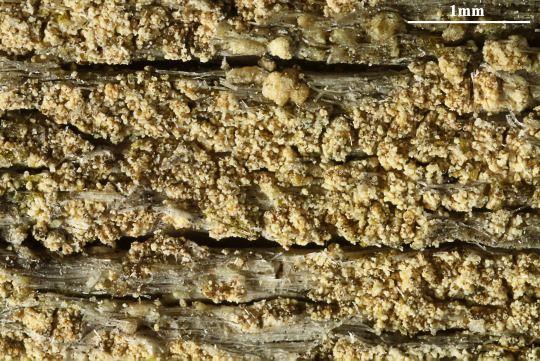

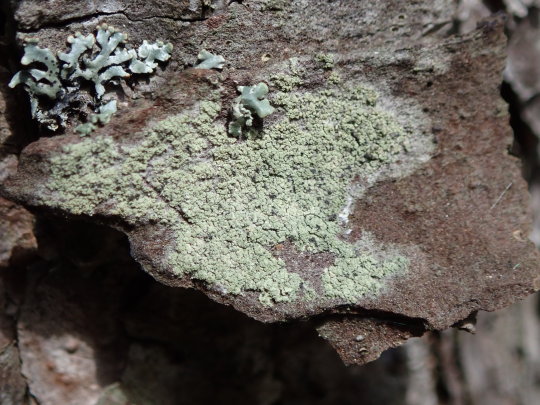


Pycnora sorophora
This lichen is one of only three species its whole family, Pycnoraceae, which was only described in 2013! It's so exciting that we are still learning so much about these tiny guys! This crustose lichen has an areolate (tile-like) thallus with soredia bursting out of the edges of the areoles. The upper surface is gray to yellow-brown, and dotted with black, irregular apothecia. P. sorophora grows on the wood and rarely the bark of conifers in upland areas of Europe and North America.
images: source | source
info: source | source
#lichen#lichens#lichenology#lichenologist#mycology#ecology#biology#fungi#fungus#symbiosis#symbiotic organisms#algae#Pycnora sorophora#Pycnora#I'm lichen it#lichen a day#daily lichen post#lichen subscribe#trypo#trypophobia#life science#environmental science#natural science#nature#the natural world#naturalist#beautiful nature#weird nature#go outside#take a hike
36 notes
·
View notes
Photo
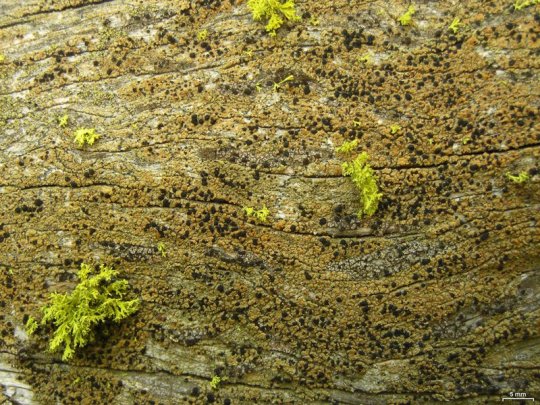



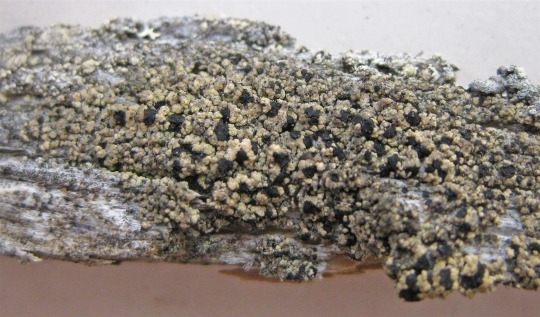

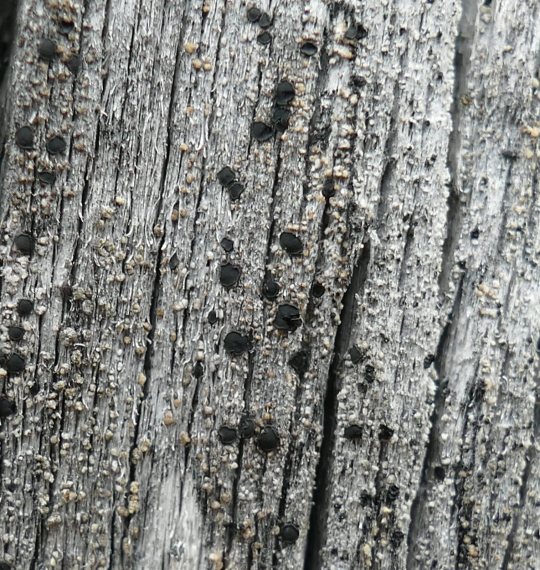
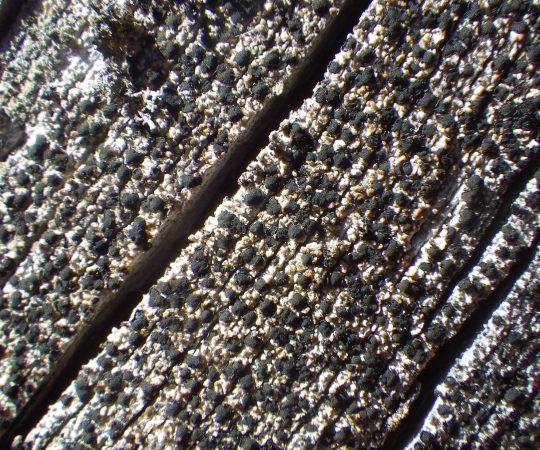
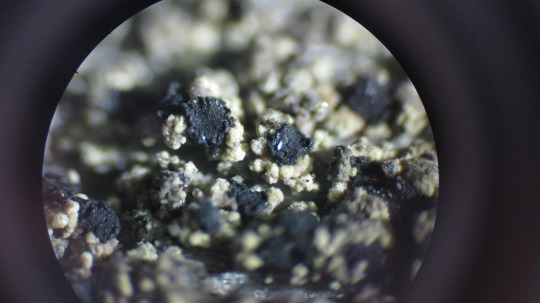
Pycnora xanthococca
This lichen is mostly lignicolous, meaning that it grows on the exposed lignin (inner structural material) of dead wood. It breaks that rule by occasionally growing on the bark of Pseudotsuga menziesii, aka Douglas fir. But hey, we love a rule breaker around here. It is native to North America and Europe.
images: source | source
#lichen#lichens#lichenology#lichenologist#lichenized fungus#lichenized fungi#fungi#fungus#mycology#ecology#biology#botany#bryology#systematics#taxonomy#life science#environmental science#natural science#nature#naturalist#beautiful nature#weird nature#Pycnora xanthococca#Pycnora#trypo#Trypophobia#cw: trypophobia#lichen a day#daily lichen post#I'm lichen it
38 notes
·
View notes
Photo

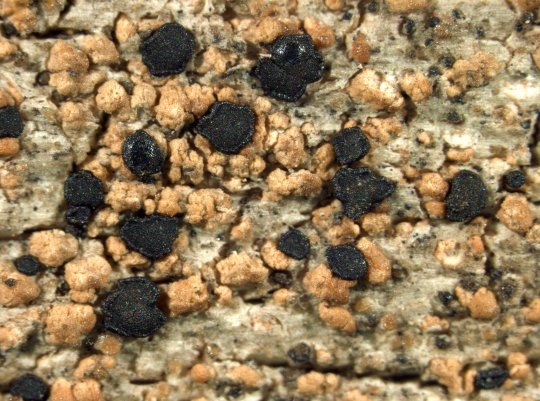



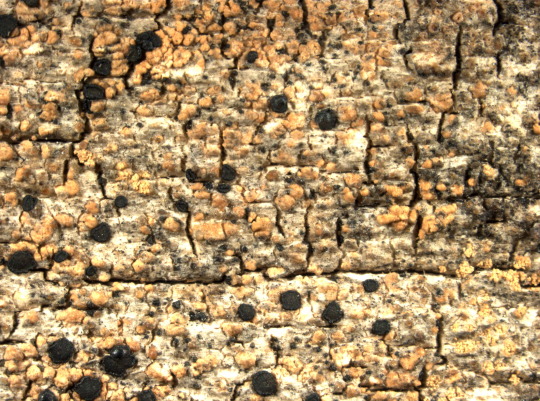

Pycnora praestabilis
Mmmmm, cookie dough lichen. I thereby assign P. praestabillis this common name. Am I allowed to do that? No, but who’s gonna stop me? You? Ha! Unlikely! This crustose lichen is made up of small, lumpy areoles 1-1.5 mm in diameter. It is a dull yellowish-brown or gray on the surface, and speckled with dark pycnidia. It has flat, black apothecia with a thin, winding margin. P. praestabilis grows on conifer wood and rarely bark at altitudes between 1970-3400 m in Europe and North America.
images: source
info: source | source | source
#lichen#lichens#lichenology#lichenologist#lichenized fungus#fungi#fungus#mycology#ecology#biology#botany#bryology#biodiversity#systematics#taxonomy#life science#environmental science#forestry#forests#see the forest for the lichens#natural science#the natural world#naturalist#nature#beautiful nature#weird nature#Pycnora#Pycnora praestabilis#crust lichen#crustose lichen
54 notes
·
View notes